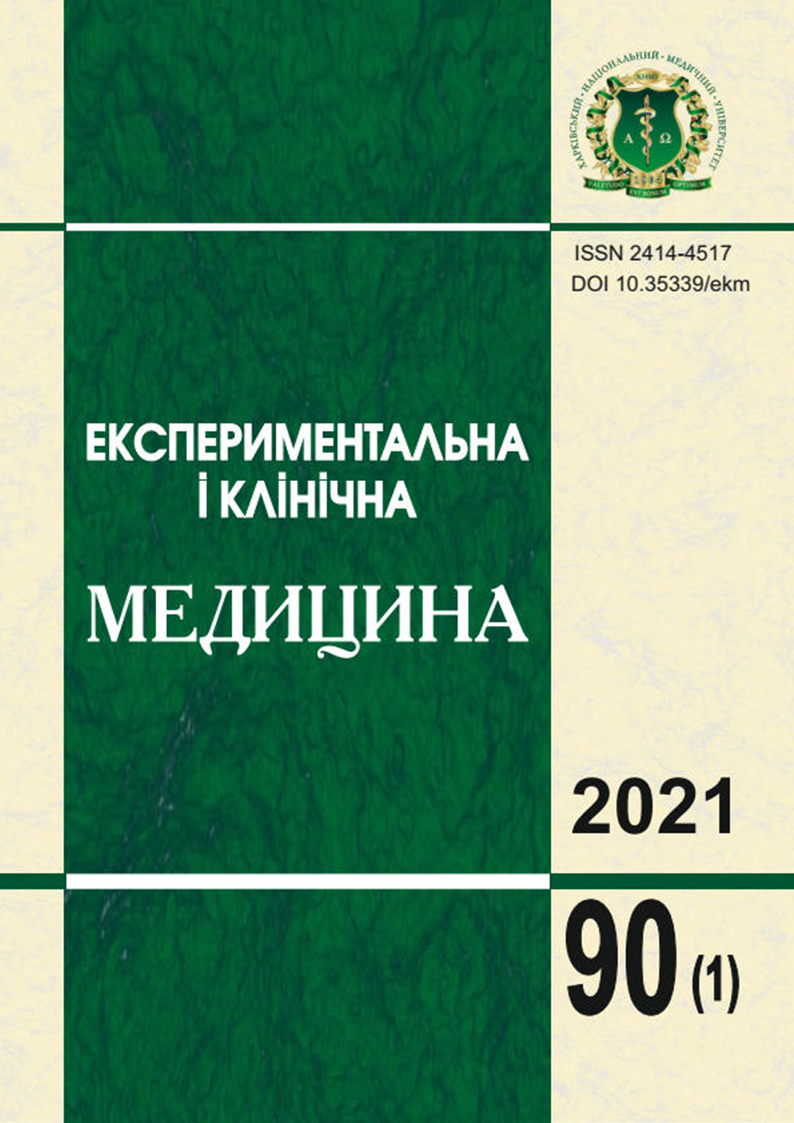Abstract
Women's health is always the focus of physicians and society. Some physiological features of women's anatomy and physiology determine their specific response to chronic alcohol intoxication, which is better studied for the ovaries, uterus and mammary glands. The study was conducted to examine the effect of excessive long-term alcohol abuse by women of reproductive age on the structural and functional state of their fallopian tubes. The study was based on sectional material from 25 women with chronic alcohol intoxication, with alcoholic cirrhosis of the liver, but without other existing comorbidities. Possible destructive-sclerotic changes of the fallopian tubes were studied. It was found that in such women the ampullary section of the fallopian tube is significantly shorter by 7.55%. At the same time, there is also a decrease in the outer diameter in the area of the transition of the isthmus to the ampullary department by 17.62% and a narrowing of the lumen area of the ampullary department by 13.14%. Sclerotic-destructive changes were found in the epithelium and in the muscular layer of the fallopian tube. The relative amount of connective tissue in women of the study group was higher than in women in the control group by about 4 times. Immunohistochemical examination of samples of uterine tube section material was also performed, during which signs of stress adjustment of the fallopian tube under the influence of chronic alcohol intoxication and markers of apoptosis, increased p53 protein activity in the study group (this protein acts as a transcription factor and regulates cells). The study concluded that chronic alcoholism can certainly be a factor that causes a number of pronounced, profound, and sometimes irreversible changes in the structure of the fallopian tubes.
Keywords: chronic alcoholism, morphofunctional consequences of intoxication, morphometry, immunohistochemistry.
References
Rundio A Jr. Understanding alcoholism. Nurs Clin North Am. 2013;48(3):385-90, v. DOI: 10.1016/j.cnur.2013.05.001. PMID: 23998765.
Witkiewitz K, Litten RZ, Leggio L. Advances in the science and treatment of alcohol use disorder. Sci Adv. 2019;5(9):eaax4043. DOI: 10.1126/sciadv.aax4043. PMID: 31579824. PMCID: PMC6760932.
Milic J, Glisic M, Voortman T, Borba LP, Asllanaj E, Rojas LZ, et al. Menopause, ageing, and alcohol use disorders in women. Maturitas. 2018;111:100-9. DOI: 10.1016/j.maturitas.2018.03.006. PMID: 29673827.
Watson-Singleton NN, Florez IA, Clunie AM, Silverman AL, Dunn SE, Kaslow NJ. Psychosocial Mediators Between Intimate Partner Violence and Alcohol Abuse in Low-Income African American Women. Violence Against Women. 2020;26(9):915-34. DOI: 10.1177/1077801219850331. PMID: 31179866.
McCaul ME, Roach D, Hasin DS, Weisner C, Chang G, Sinha R. Alcohol and Women: A Brief Overview. Alcohol Clin Exp Res. 2019;43(5):774-9. DOI: 10.1111/acer.13985. PMID: 30779446. PMCID: PMC6502688.
Hjartåker A, Meo MS, Weiderpass E. Alcohol and gynecological cancers: an overview. Eur J Cancer Prev. 2010;19(1):1-10. DOI: 10.1097/CEJ.0b013e328333fb3a. PMID: 19926999.
Targher G, Rossini M, Lonardo A. Evidence that non-alcoholic fatty liver disease and polycystic ovary syndrome are associated by necessity rather than chance: a novel hepato-ovarian axis? Endocrine. 2016;51(2):211-21. DOI: 10.1007/s12020-015-0640-8. PMID: 26024975.
Rohilla M, Singh P, Kaur J, Prasad GR, Jain V, Lal A. Uterine necrosis and lumbosacral-plexopathy following pelvic vessel embolization for postpartum haemorrhage: report of two cases and review of literature. Arch Gynecol Obstet. 2014;290(4):819-23. DOI: 10.1007/s00404-014-3310-9. PMID: 24947325.
Nagykálnai T, Landherr L. Alkohol és emlõrák. Rövid áttekintés [Alcohol and breast cancer. A short survey]. Magy Onkol. 2018;62(1):68-71 PMID: 29570189. [In Hungarian].
Eng JW, Reed CB, Kokolus KM, Repasky EA. Housing temperature influences the pattern of heat shock protein induction in mice following mild whole body hyperthermia. Int J Hyperthermia. 2014;30(8):540-6. DOI: 10.3109/02656736.2014.981300. PMID: 25430986. PMCID: PMC4340593.
Fernández-Solà J, Fatjó F, Sacanella E, Estruch R, Bosch X, Urbano-Márquez A, Nicolás JM. Evidence of apoptosis in alcoholic cardiomyopathy. Hum Pathol. 2006;37(8):1100-10. DOI: 10.1016/j.humpath.2006.03.022. PMID: 16867874.
Ottria L, Candotto V, Cura F, Baggi L, Arcuri C, Nardone M, et al. HPV acting on E-cadherin, P53 and P16: Literature review. Journal of Biol Reg and Homeostat Ag. 2018;32(2(1):73-9. Available from: https://www.researchgate.net/publication/323318173_HPV_acting_on_E-cadherin_P53_and_P16_Literature_review
Lytvynenko M, Bondarenko A, Gargin V. The effect of alcohol on ovarian state in HIV-infected women. Azerbaijan Med J. 2021;(1):61-8. DOI: 10.34921/amj.2021.1.008.
Lytvynenko M, Bocharova T, Zhelezniakova N, Narbutova T, Gargin V. Cervical transformation in alcohol abuse patients. Georgian Med News. 2017;(271):12-7. PMID: 29099694.
Lytvynenko M, Shkolnikov V, Bocharova T, Sychova L, Gargin V. Peculiarities of proliferative activity of cervical squamous cancer in HIV infection. Georgian Med News. 2017;(270):10-5. PMID: 28972476.
Gargin V, Radutny R, Titova G, Bibik D, Kirichenko A, Bazhenov O. Application of the computer vision system for evaluation of pathomorphological images. 2020 IEEE 40th International Conference on Electronics and Nanotechnology (ELNANO). Proceedings. 2020;469-73. DOI: 10.1109/ELNANO50318.2020.9088898.

